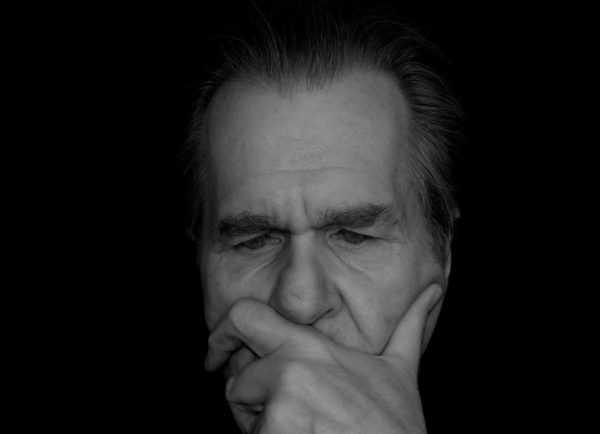You see, it is hard to jump right into identifying your healthy and helpful thoughts, because they are often pre-cursors to our emotions, and reactions to events; they are how we interpret the circumstances around us. Thus, it is often easier to search out emotions and correlated events and work backwards to explore our associated thought process.
Exploring the Evidence for Your Thoughts
In this post, we will be going one step beyond thought tracking, and move into thought challenging. Learning to track your thoughts and your mood via use of mood scales, or a related tool, was a preliminary step, because next we will need to write them down and put them in the hot seat (meaning we will seek out facts to either support or negate their claims).
Identify Your Unhealthy Thought Patterns
In this post I will cover some of the most common unhealthy thinking pattens and how to examine, challenge and replace them with more relevant and accurate thoughts true to their context, versus those that are pulled from a reference of past lived experience, such as a traumatic event.
Learn The Connection Between Thoughts and Emotions.
These are the fundamental coping skills for depression and anxiety. Learn the connections between your thoughts, behaviors, communication, relationships and your mood and how to be more effective in them and improve your quality of life.




